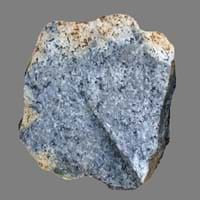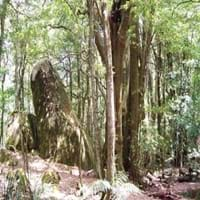Formation of Syenite
Formation
0
Formation
Syenites are formed due to alkaline igneous activities and are generally formed in thick continental crustal areas or in Cordilleran subduction zones. 0
Composition
0
Mineral Content
Amphibole, Biotite, Feldspar, Hornblade, Micas, Muscovite or Illite, Plagioclase, Pyroxene, Quartz 0
Compound Content
Aluminium Oxide, CaO, Iron(III) Oxide, FeO, Potassium Oxide, MgO, MnO, Sodium Oxide, Phosphorus Pentoxide, Silicon Dioxide, Titanium Dioxide 0
Transformation
0
Metamorphism
Yes 0
Types of Metamorphism
Burial Metamorphism, Cataclastic Metamorphism, Contact Metamorphism, Hydrothermal Metamorphism, Impact Metamorphism, Regional Metamorphism 0
Weathering
Yes 0
Types of Weathering
Biological Weathering, Chemical Weathering, Mechanical Weathering 0
Erosion
Yes 0
Types of Erosion
Chemical Erosion, Coastal Erosion, Glacier Erosion, Sea Erosion, Water Erosion, Wind Erosion 0
Syenite Formation
Syenite formation took place millions of years ago. There are a variety of Syenite Uses and the Syenite Reserves are found in many countries around the world. The rocks in the earth’s crust continuously undergo changes in their composition which leads to formation of other rocks. Each rock has a unique formation process. Formation of Syenite is explained below:
- Syenites are formed due to alkaline igneous activities and are generally formed in thick continental crustal areas or in Cordilleran subduction zones.
Along with Syenite Formation, also learn about Syenite composition and transformation in the next section.
|
||
|
||
|









